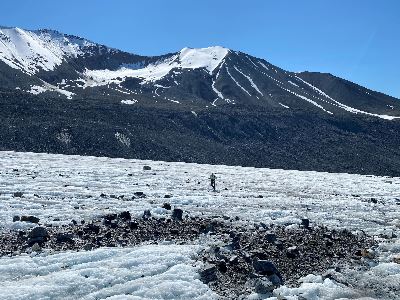Dr. Nicolas Pérez-Consuegra
 Teaching Philosophy & Focus
Teaching Philosophy & Focus
My objective as a teacher is to form passionate, curious, and critical thinking students that can solve Earth Science’s problems in the world. After taking my courses or receiving my mentoring I hope that students can face a geoscientific problem and use the scientific method to address the problem. My classes will teach students how to make observations of the earth system, solve problems in different spatial dimensions (3D) and temporal timescales, quantitative skills in physics and statistics and the use of computer software for geospatial and statistical analyses. Moreover, I want to teach my students life-long skills such as leadership, respect for others and collaboration. My students will learn how to work in teams from multiple cultural backgrounds and from different disciplines to obtain different perspectives on how to solve problems. Students will also learn how to effectively communicate ideas and results to scientists and non-scientists and practice with in-class presentations and written assignments. Finally, I want to show students how to apply the knowledge from the geosciences towards resolving problems of environmental concern on earth that are a challenge for humanity.
Contact Information
Room 329, Mail Code 2507
Education
- B.Sc. in Geosciences from Universidad de los Andes (2017),
- Colombia. Ph.D. in Earth Sciences from Syracuse University (2021), USA.
- Molina Postdoctoral Fellow at the Massachusetts Institute of Technology (MIT) 2021-2023
Courses
GEO 3150 - Geomorphology
GEO 1060 - Environmental Geosciences
Research Areas of Interest
I am a geomorphologist and conduct multidisciplinary research at the nexus between earth’s surface processes, climate, and biodiversity. I also have a strong background in biology and paleontology and thus I can link processes and timescales of geological, life and climate evolution. I am interested in questions such as how precipitation rates and tectonic uplift rates influence erosion in mountain ranges, how past changes in paleoclimate may have affected river incision and how dynamic reorganization of river basins can result in diversification of aquatic species such as fish. Additionally, I am highly interested in using the field of geomorphology for solving problems of societal concern. My interest in applied science has grown after experiencing the unprecedented environmental problems that my country Colombia and the rest of the world faces, such as climate change and anthropic transformation of ecosystems, which are already causing increasing natural disasters related to floods, droughts and landslides.
Specific Projects
Research project 1:
What controls rates of canyon incision? I am interested in understanding how tectonic processes and paleoclimate can affect the timing, rates, and mechanism(s) of canyon incision. Fluvial incision of kilometer-scale canyons into high topography is often used to constrain the magnitude and timing of surface uplift of mountain ranges; however, paleoclimatic change that increases the rate of precipitation in already high topography can also result in the incision of canyons. We are applying novel thermochronology techniques that are sensitive to detecting changes in rock cooling due to exhumation to understand the rates of incision in several kilometer-scale canyons in the tropical Andes. The results from this research theme will provide quantitative evidence for how rates of canyon incision changed in the past 5 Ma and will be useful to assess if late Cenozoic climate change accelerated erosion rates in tropical landscapes. This project fits within the National Science Foundation’s Tectonics Grand Challenge: “Understanding the dynamic interactions among earth surface processes and tectonics” and contributes to current debates about how the solid earth (deeper earth processes) and the atmosphere interact to shape the topography of our planet.
Research project 2:
Comparison of natural and anthropogenic erosion rates in the Colombian Andes to identify vulnerable watersheds. Erosion is a natural phenomenon where soil and rocks are gradually worn down from the Earth's surface and transported by water, gravity, wind, or ice. However, human activities disrupt this process. Deforestation and illegal mining accelerate soil erosion, reducing the fertility and quantity of available cropland. Increased soil erosion can cause excessive downstream sedimentation in dams and rivers, affecting hydroelectric power generation and causing floods. Regions like the Andes of Colombia are susceptible to natural erosion due to high rainfall and steep slopes and are experiencing an unprecedented anthropogenic transformation of the landscape which can lead to increased soil erosion. Despite scientific awareness of how excessive human intervention can increase erosion rates, the impacts of human activities on erosion have not been quantified in the Colombian Andes. We propose quantifying and comparing natural (pre-human) and modern (human-influenced) erosion rates across the region. To obtain the natural rates of erosion, we will collect sand samples from different watersheds and use novel geochemical techniques. Modern erosion rates will be derived from annual sediment load data from the same rivers. Our results will identify the watersheds where erosion has been more heavily impacted by human activities.









